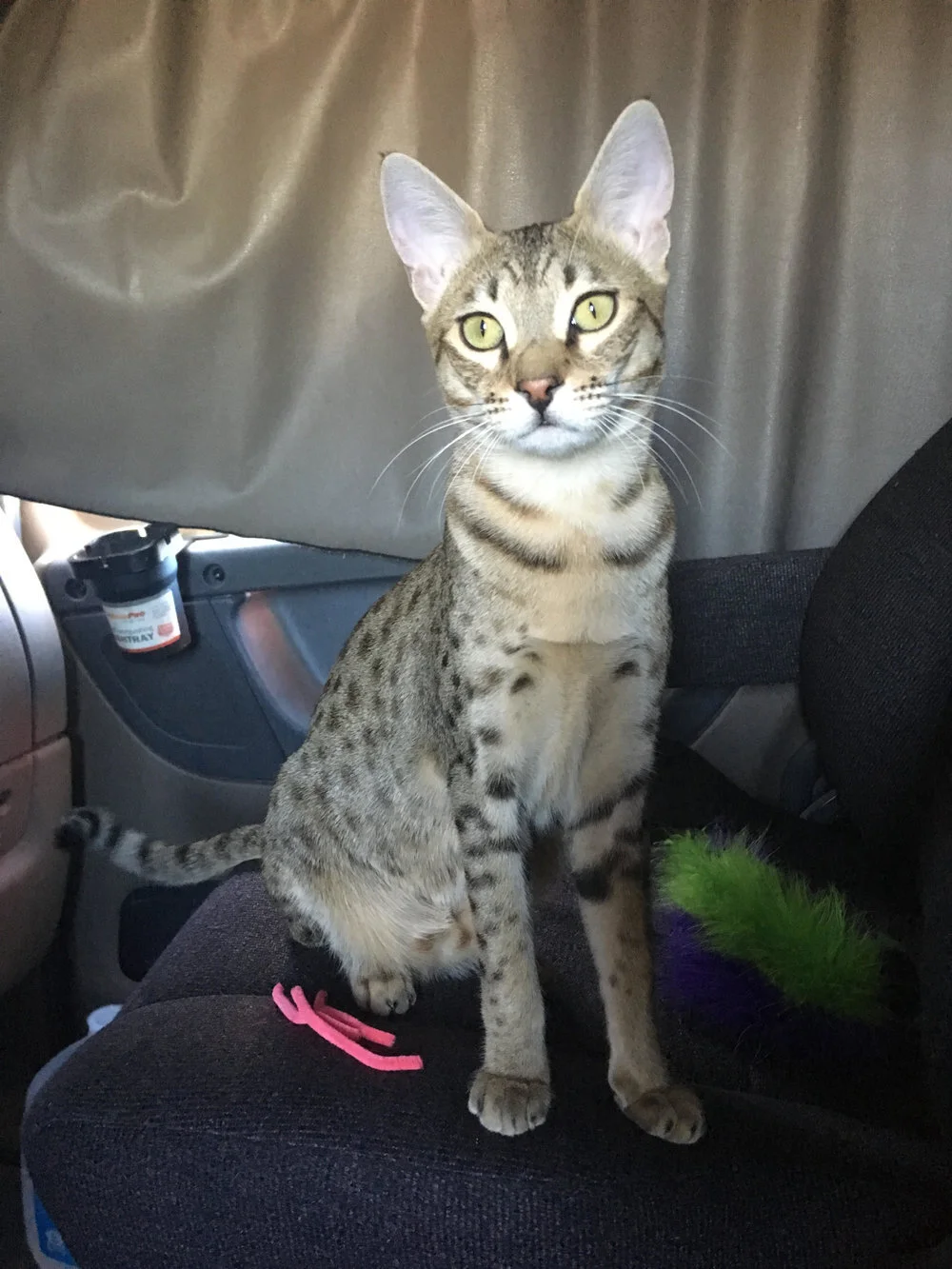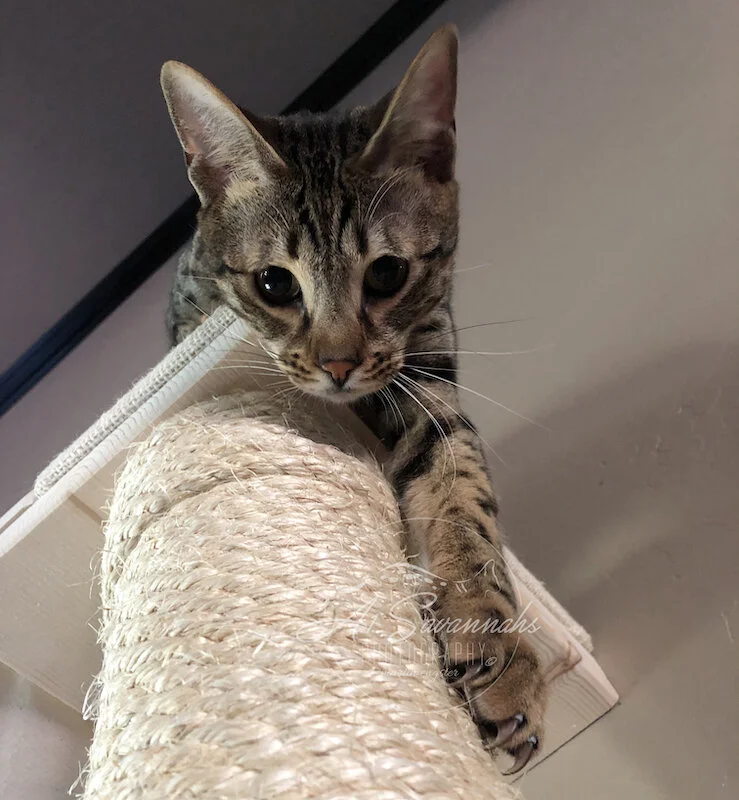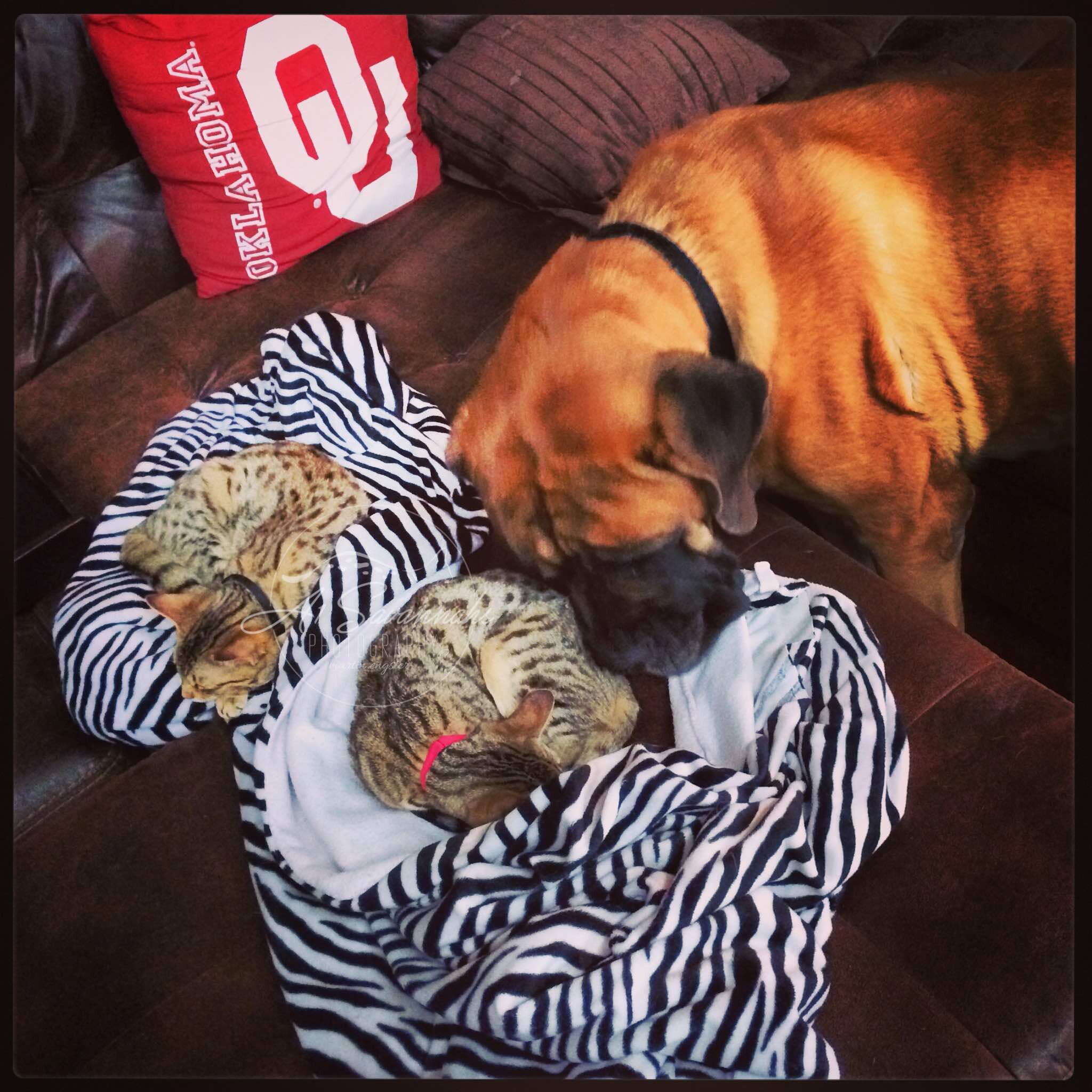We can all agree that vaccines are vital as they keep some of the worst diseases at bay. When it comes to cats vaccines, there are many widespread rumours on their side effects. This has left many cat owners asking whether to or not to vaccinate their furry friends. To put your mind at ease, here is everything you need to know about cat vaccinations.
Are Vaccines Necessary?
Vaccines protect your cat against fatal and contagious diseases. Vaccines also help your cat fight future infections as they trigger immune responses. Cat vaccinations have saved many felines from some of the worst diseases. They have also rendered some past common diseases rare. So yes, vaccines are an absolute necessity if you want to keep your pet in good health.
There are two types of cat’s vaccines:
Core vaccines
Non-core vaccines
When you choose a kitty from us you will have peace of mind that we include in all our cats age-appropriate vaccinations, plus:
First year’s Rabies vaccine
Spay/neuter
Testing for feline diseases
Microchip
De-flea/De-worm treatments
TICA paperwork
Related: How To Maintain Good Dental Hygiene For Your Pets
Core Vaccines for Cats
The core or mandatory cat vaccines are provided by the Feline Vaccination Advisory Panel after regular evaluations and research on feline health and recent developments. Currently, there are four core cat vaccinations, as explained below:
Rabies – Rabies is a highly contagious disease. There is also no cure for this disease which is why your cat needs to get vaccinated. Your cat will get rabies from a bite from an infected mammal. The illness incubation period is around two months, after which your cat will exhibit signs of disorientation and aggression. The rabies vaccine is mandatory in many regions, and it is vital as it keeps you and your pet safe.
FVRCP Vaccine - The Feline Viral Rhinotracheitis, Calicivirus and Panleukopenia vaccine is also referred to as distemper. This vaccine is a three in one vaccine that protects your furry friend from feline distemper.
This vaccine combines the below three vaccines:
FPV vaccine - The FPV vaccine protects your cat from the Feline panleukopenia disease, which is highly infectious. The early signs of this disease are low appetite, lack of energy, diarrhoea and vomiting. The illness also lowers your cat white blood cells as the illness attacks your feline’s bone marrow and immune system.
FHV-1 Vaccine - This vaccine protects your cat from the Feline herpesvirus that causes a severe respiratory infection that affects your cat’s throat and nose. Some cats will not exhibit any symptoms, although they act as carriers and will spread the virus to others. The symptoms of this illness include nasal congestion, uncontrollable sneezing, blepharospasm, conjunctivitis and fever. Kittens and pregnant cats are at a higher risk of getting this illness. The disease is common in homes with multiple cats. There’s some good information on what paperwork you’ll need when you get a cat and want health insurance here.
FCV Vaccine - This vaccine protects your cats from the Feline calicivirus. The calicivirus affects your cat’s tract, mouth, intestines and musculoskeletal system. It's highly infectious and can occur in cats of all ages. However, kittens aged six weeks and above are at a higher risk of being infected. It commonly occurs among kittens that live in multi-cat homes and households that are poorly ventilated.
Non-Core Cat Vaccinations
Some cat vaccines aren’t mandatory, but your vet will recommend them if your pet is susceptible to a particular disease. Here are some of the optional cat vaccinations.
FeLV Vaccine - The FeLV vaccine protects your cat from Feline Leukemia. Cats with this illness often become anaemic and are likely to suffer from other infections due to reduced immunity. Feline leukaemia is passed from one cat to another through blood, saliva, urine and faeces. Kittens can also contract the disease through their mother's infected milk. Even a healthy cat may spread the virus as cats with the infection often go through a regressive stage.
Bordetella -The Bordetella virus causes upper respiratory abnormalities in your cat and dog. It is spread through the air or contact with an infected pet. This vaccination is often recommended for pets that visit a groomer or cats that board or visit daycares.
Feline immunodeficiency (FIV) - Feline immunodeficiency is a viral infection that makes your cat’s immune system weak, leading to secondary infections. The disease is passed from cat to cat through deep bites from an infected mother to her kitten. It is often recommended to cats who play outdoors as this is where aggressive territorial fights often occur.
Chlamydophila Felis - The Feline chlamydophila disease is a type of bacterial infection that causes conjunctivitis and ocular infections. Infection is usually through direct contact with an infected cat. Symptoms are seen a few days after infection in the form of watery eye discharge, discomfort and pain in the eye. Your sick cat may also have a fever and nasal discharge. If untreated, the infected cat sheds the bacteria in the form of ocular secretions infecting other healthy cats.
Cat Vaccines Adverse Effects
Every vaccine comes with some risk. However, the adverse effects of vaccination in cats are less than 1%. Such effects are also mild in the form of fever, lethargy and inflammation.
Sarcoma, which is the growth of a cancerous mass at the place of vaccination is one of the most debated cat vaccination effects. Sarcoma is rare as it occurs in 1-10 of every 10,000 vaccinated cats.
Nonetheless, it’s good to monitor your cat’s injection site for any swelling. If the swelling persists for more than a month after vaccination, surgery can be done to treat it.
Vaccinations are necessary for your pet. They keep them healthy and also trigger your feline’s immunity. Your vet will help with a suitable vaccination schedule for your pet based on their age, vaccination history and their exposure to various diseases.
Click on the pictures or the links in the article to see where it takes you.
Until our next cat convo



















